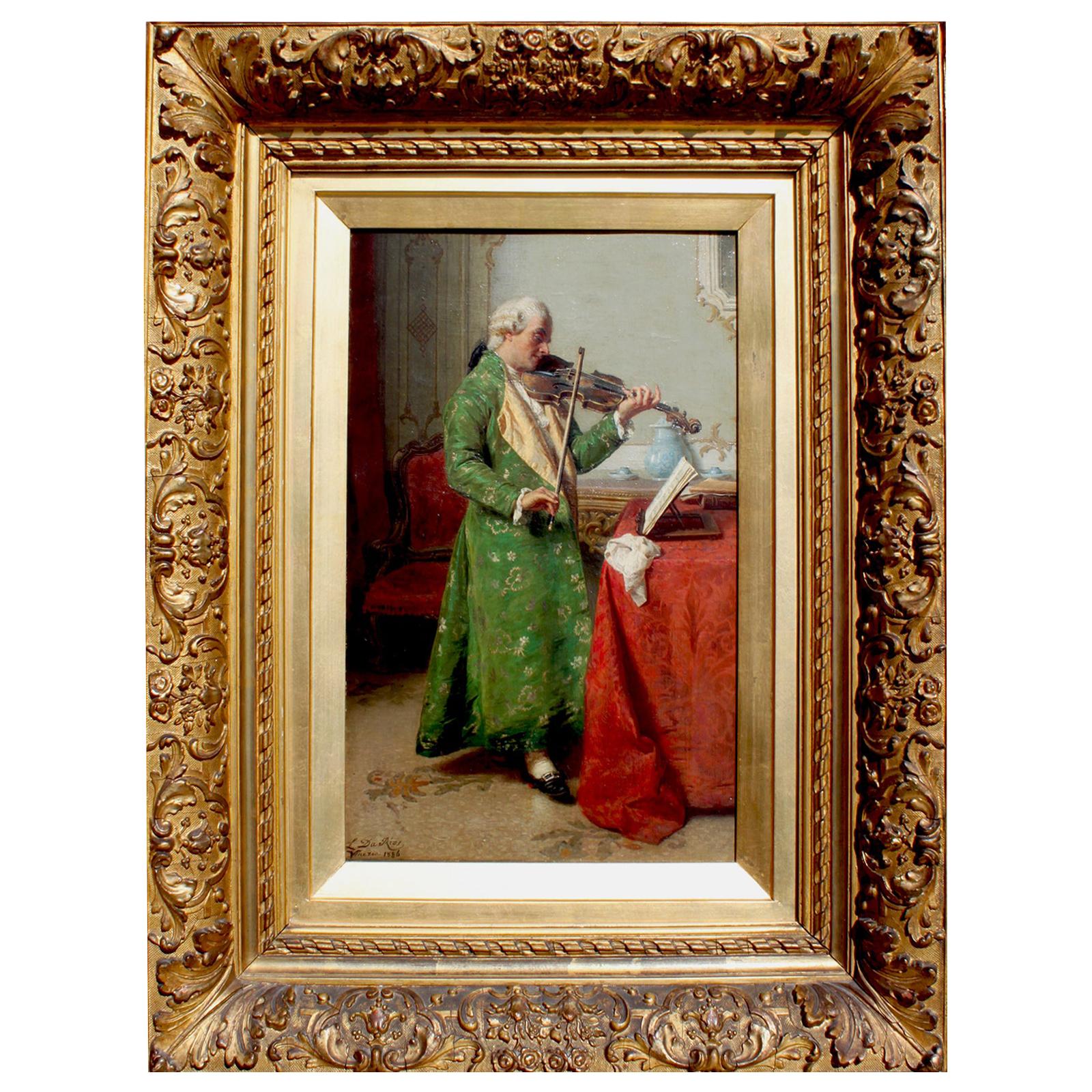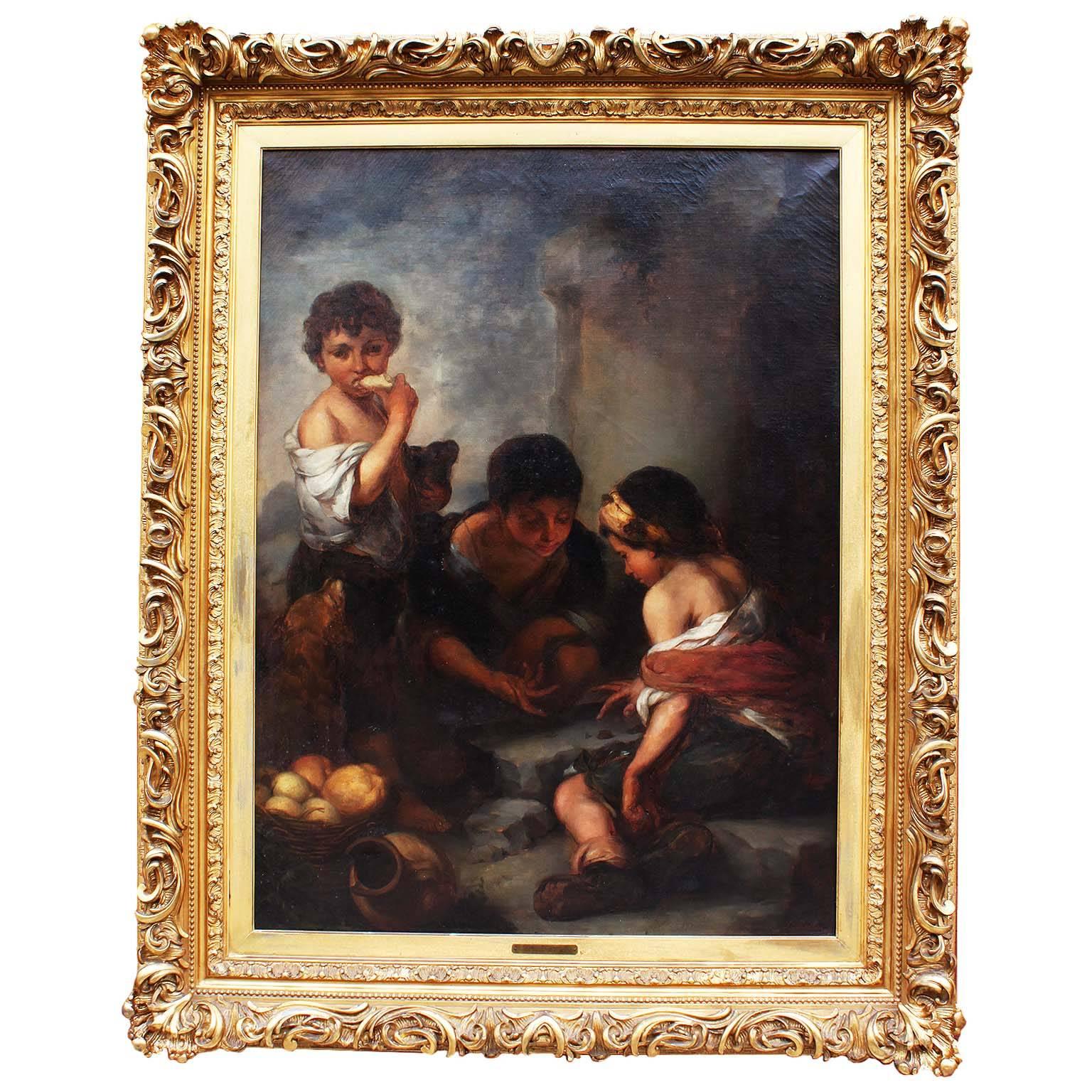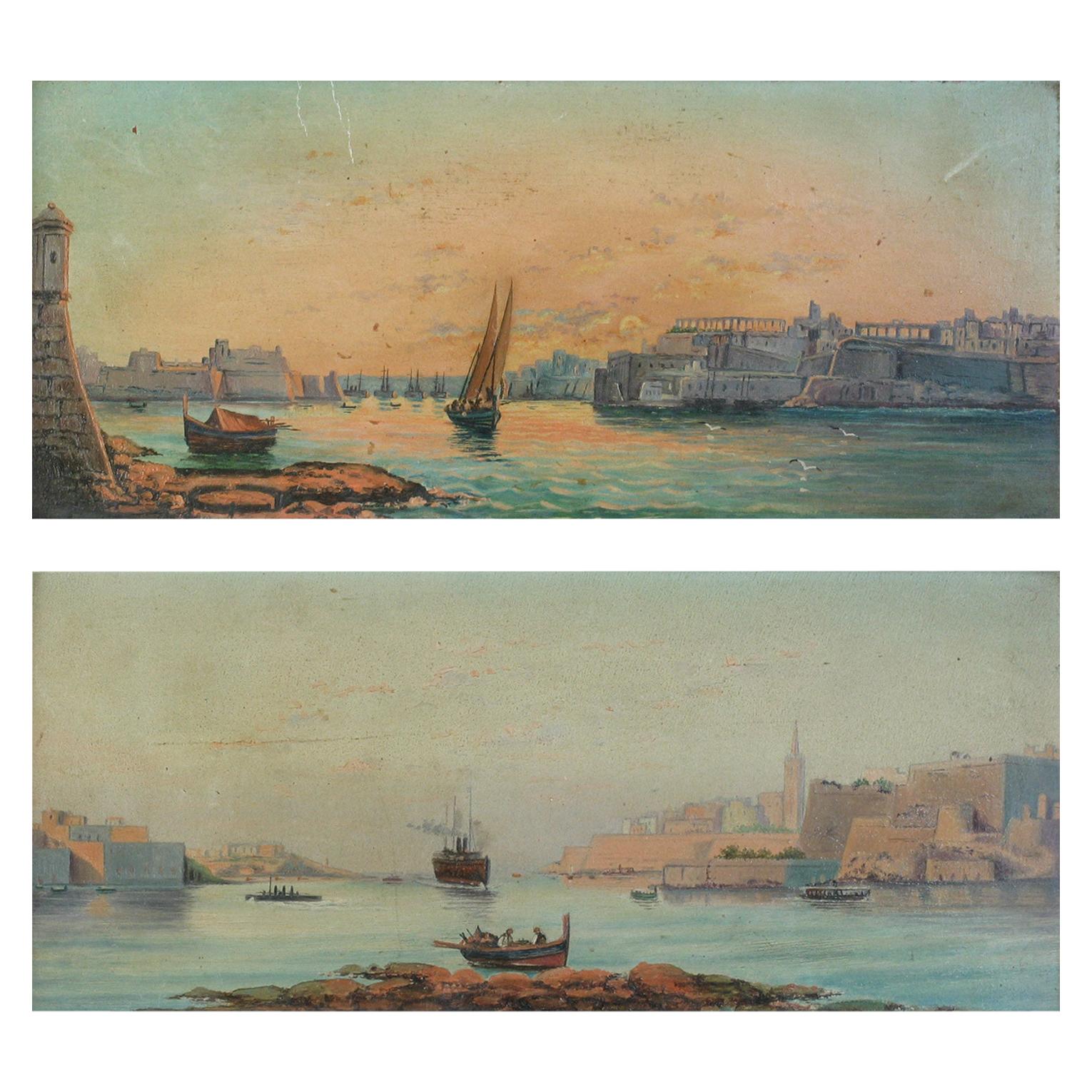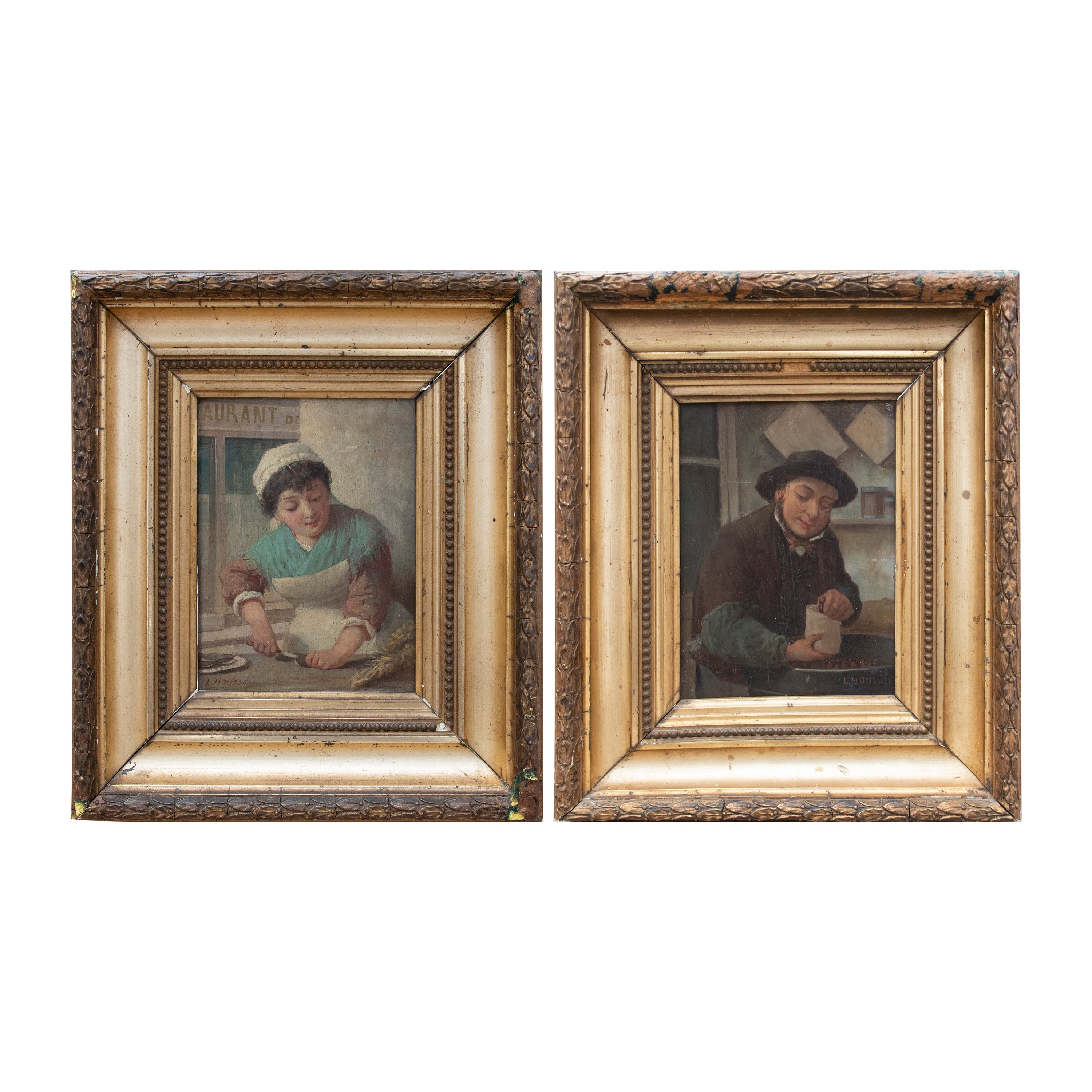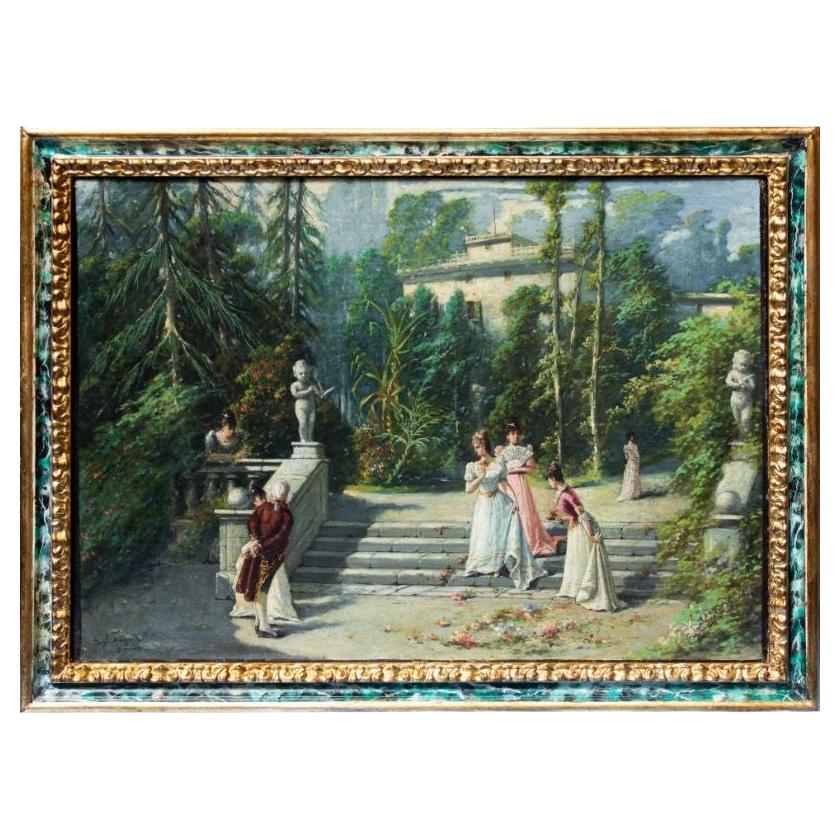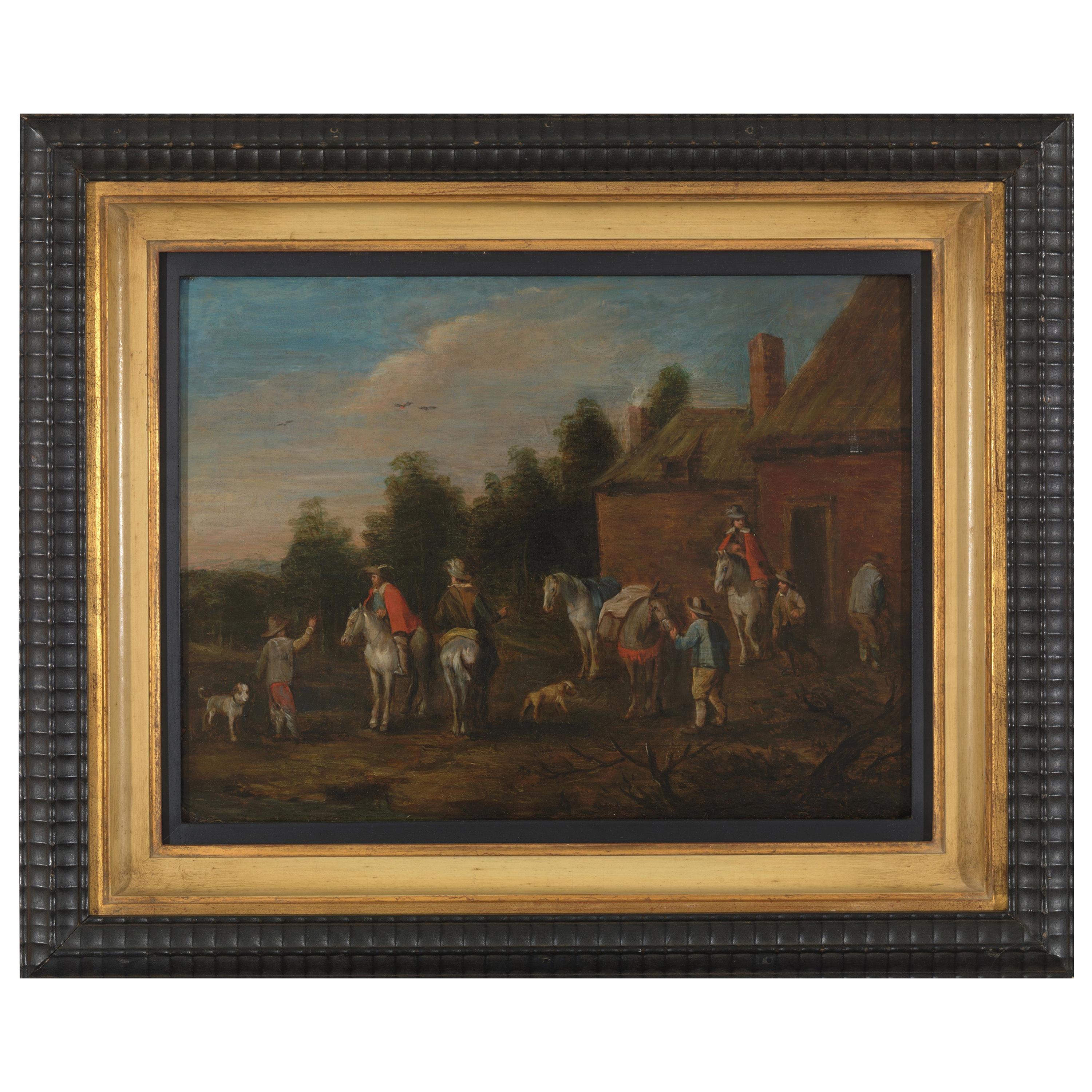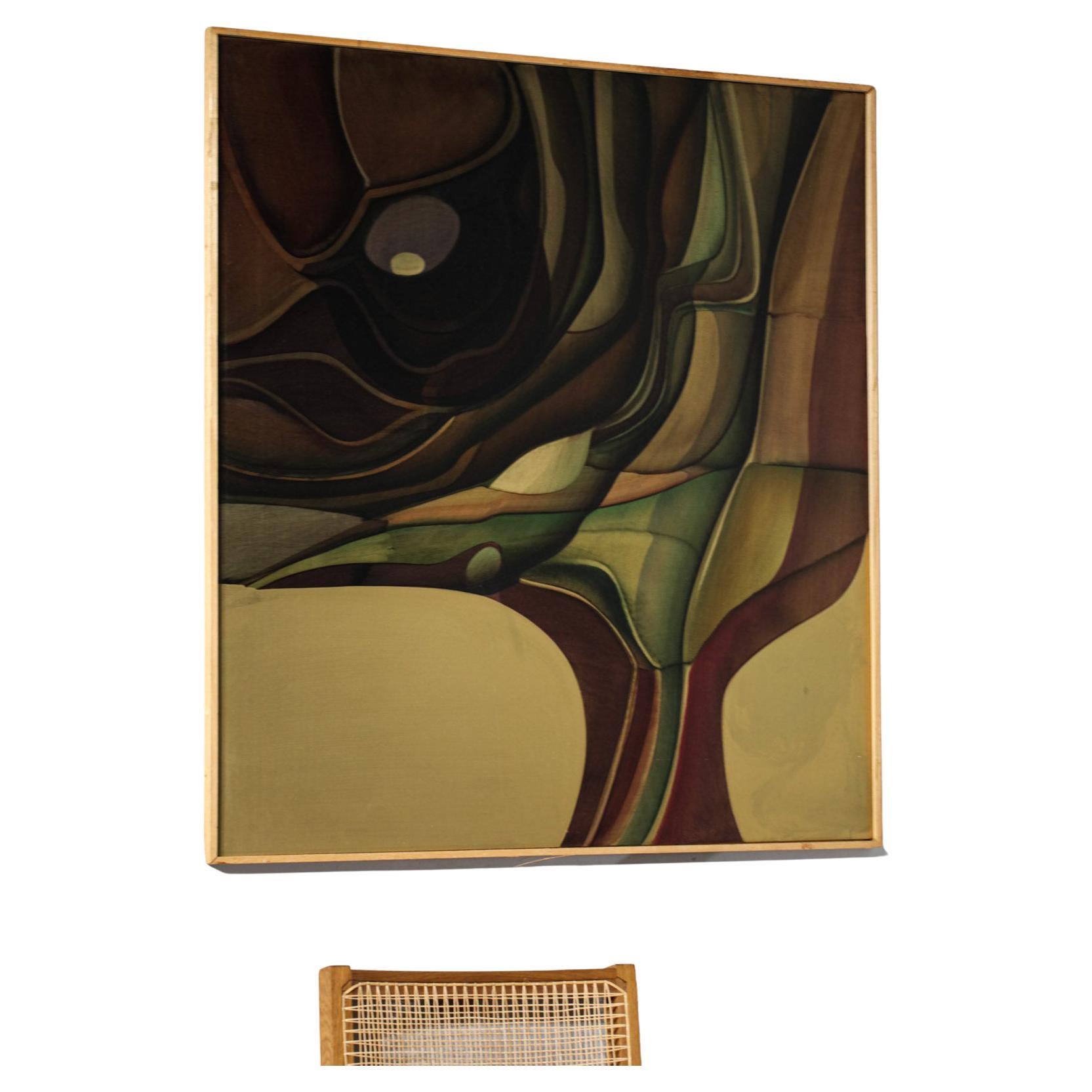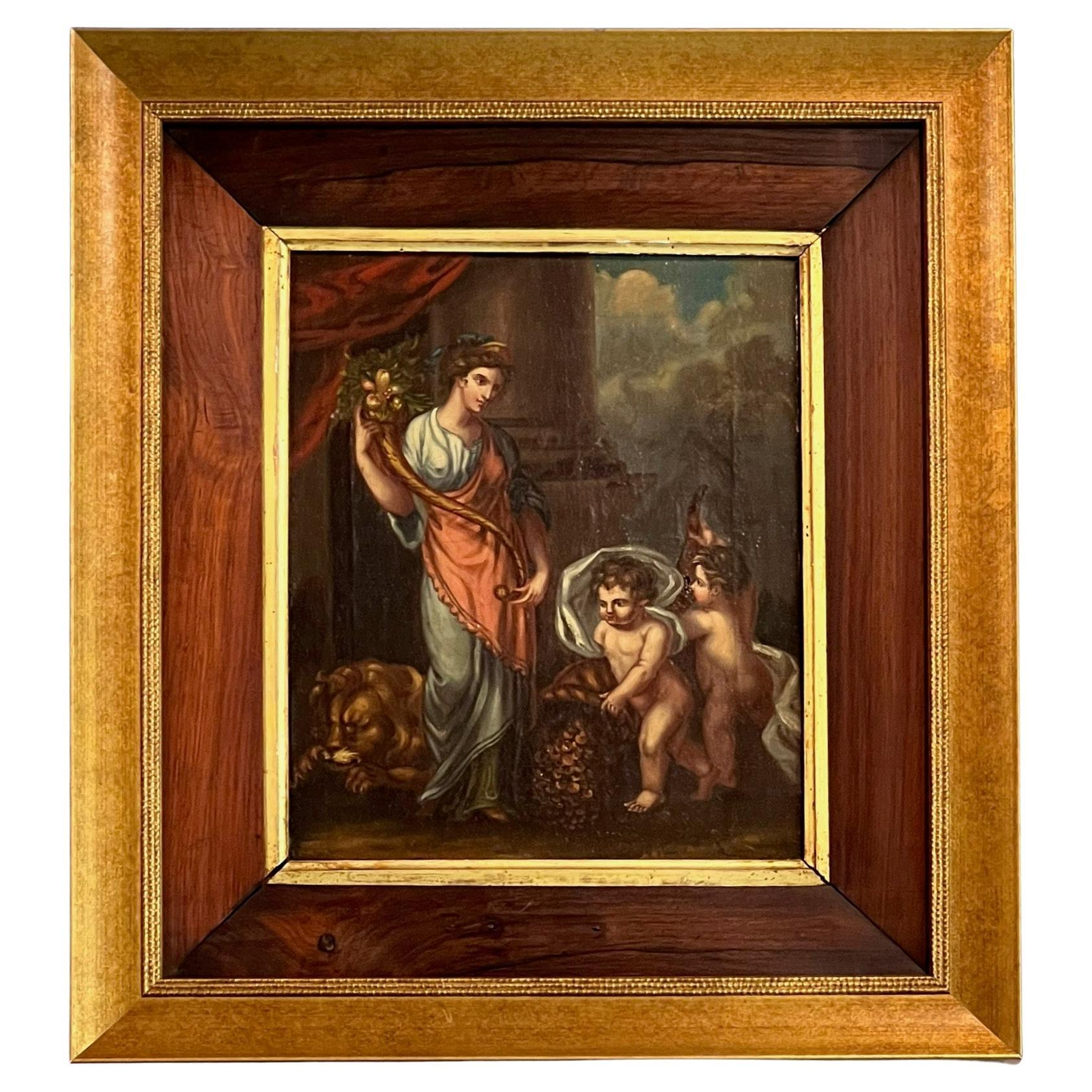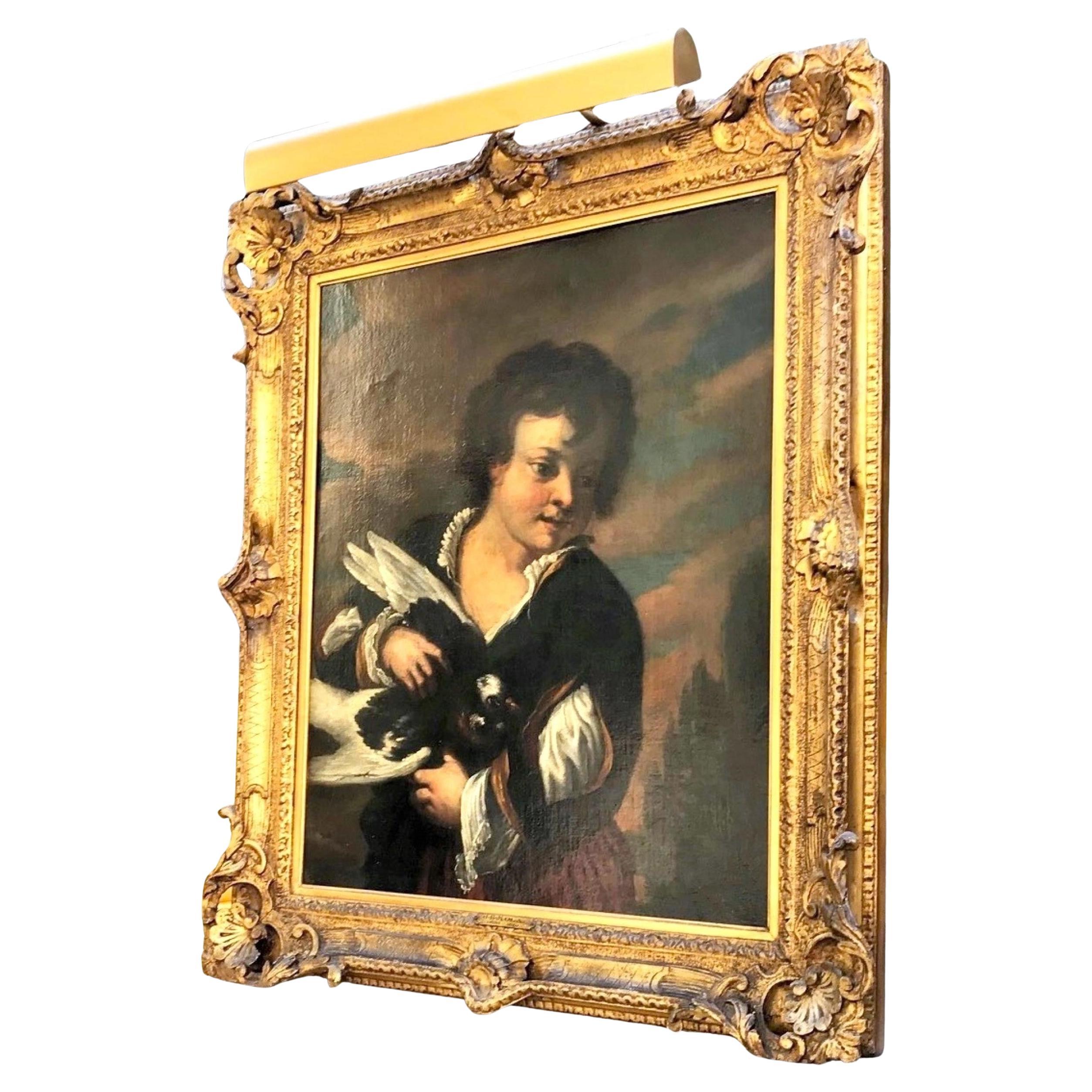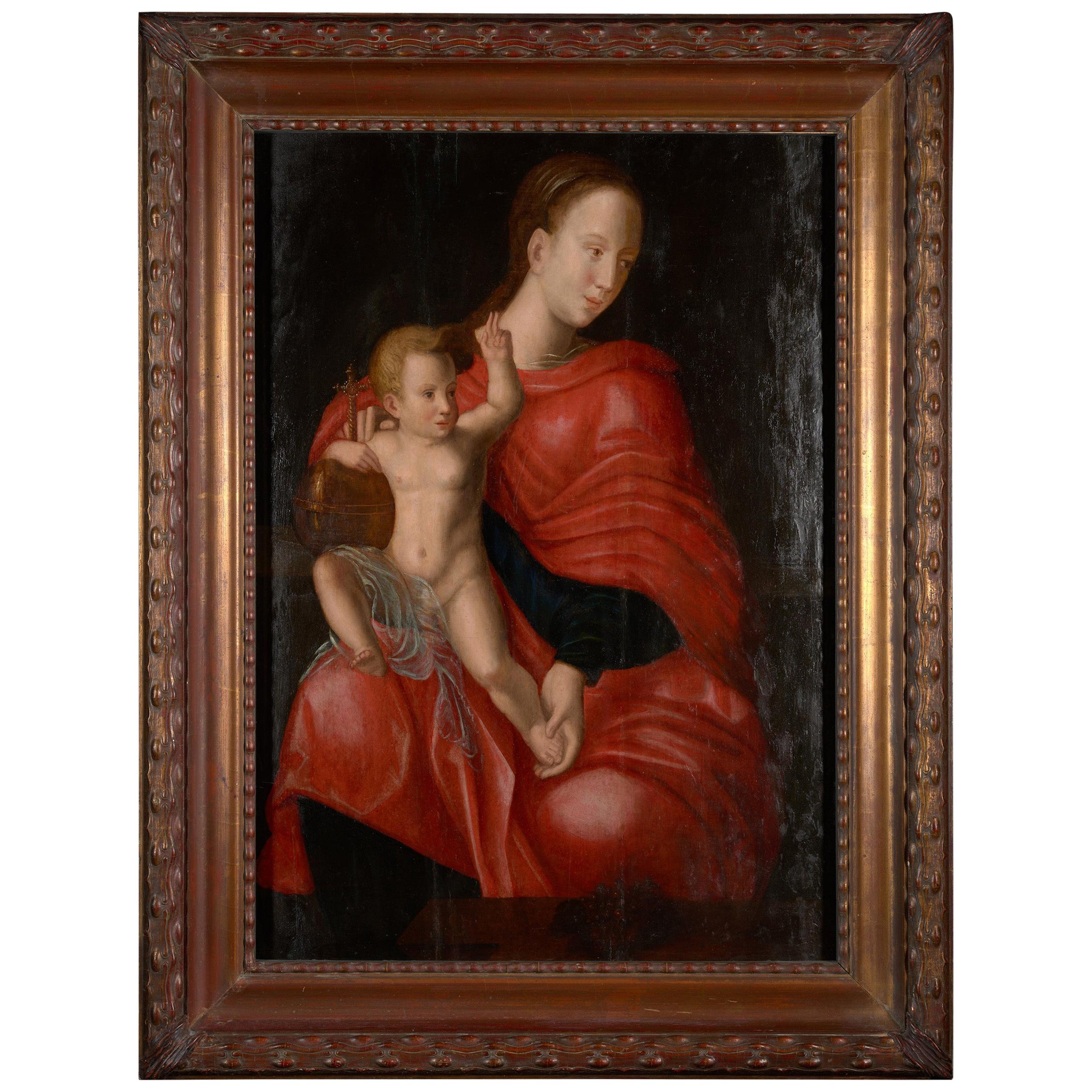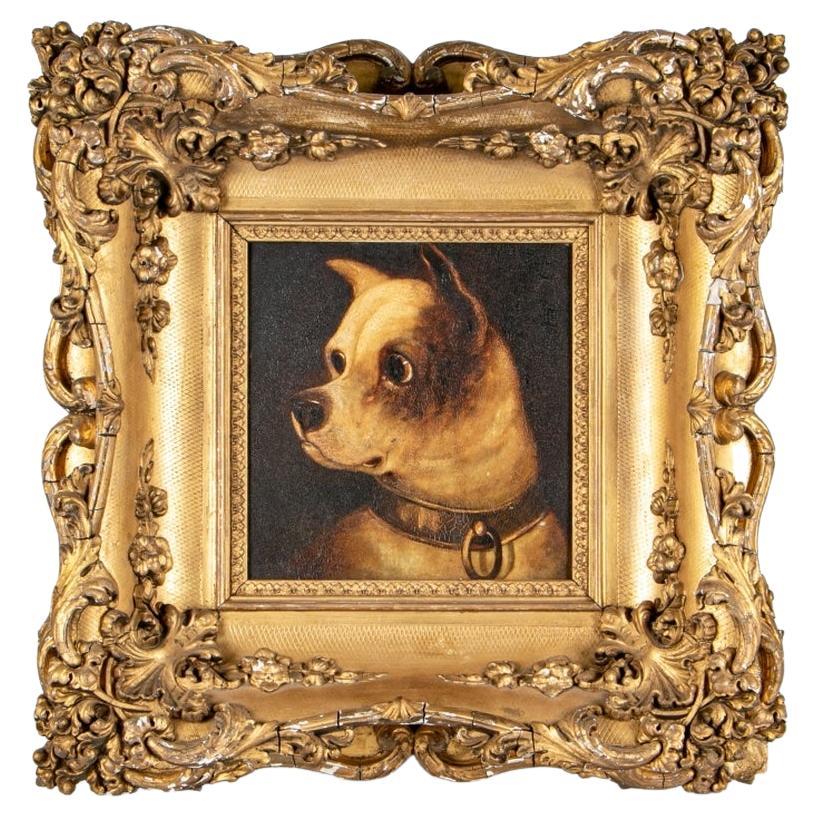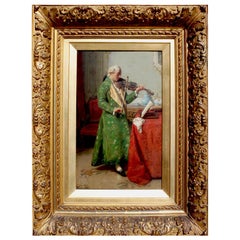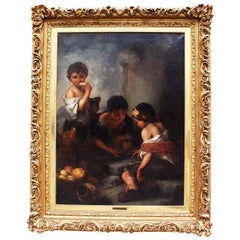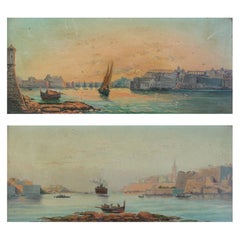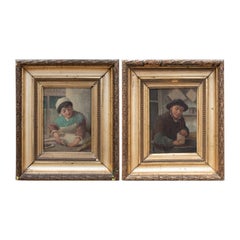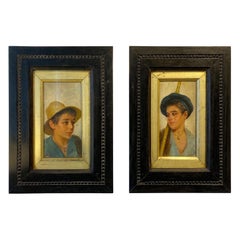
Neapolitan Boys Oil On Panels by Luigi Palumbo
View Similar Items
1 of 5
Neapolitan Boys Oil On Panels by Luigi Palumbo
$1,692.78List Price
About the Item
- Dimensions:Height: 14.97 in (38 cm)Width: 10.63 in (27 cm)Depth: 1.19 in (3 cm)
- Materials and Techniques:
- Place of Origin:
- Period:
- Date of Manufacture:circa 1890
- Condition:Wear consistent with age and use.
- Seller Location:Heathfield, GB
- Reference Number:1stDibs: LU2861317183552
Authenticity Guarantee
In the unlikely event there’s an issue with an item’s authenticity, contact us within 1 year for a full refund. DetailsMoney-Back Guarantee
If your item is not as described, is damaged in transit, or does not arrive, contact us within 7 days for a full refund. Details24-Hour Cancellation
You have a 24-hour grace period in which to reconsider your purchase, with no questions asked.Vetted Professional Sellers
Our world-class sellers must adhere to strict standards for service and quality, maintaining the integrity of our listings.Price-Match Guarantee
If you find that a seller listed the same item for a lower price elsewhere, we’ll match it.Trusted Global Delivery
Our best-in-class carrier network provides specialized shipping options worldwide, including custom delivery.You May Also Like
"The Solo Violinist" a Fine Oil on Canvas by Luigi Da Rios
Located in Los Angeles, CA
A very fine Italian oil on canvas titled "The Solo Violinist" by Luigi Da Rios (Italian, 1844-1892), depicting an interior 18th century room scene of a single violinist player; withi...
Category
Antique 19th Century Italian Rococo Paintings
Materials
Gesso, Canvas, Wood
Large Oil on Canvas "Beggar Boys Playing Dice" After Bartolomé Esteban Murrillo
By Bartolomé Esteban Murillo
Located in Los Angeles, CA
A fine and large 19th century oil on canvas after Bartolomé Esteban Murrillo's (Spanish, 1617-1682) "Beggar Boys Playing Dice" (The original work by Murillo was painted in 1675). The impressive artwork depicts two young boys playing dice while another eats a piece of fruit as his dog watches on., within an ornate gildwood and gesso frame bearing a label from the faming company Bigelow & Jordan. The original work by Murillo is currently at the Alte Pinakothek Museum in Munich, Germany. The present work is signed: L. Rüber. Circa: Munich, Late 19th Century.
Bartolomé Esteban Murillo (born late December 1617, baptized January 1, 1618 – April 3, 1682) was a Spanish Baroque painter. Although he is best known for his religious works, Murillo also produced a considerable number of paintings of contemporary women and children. These lively, realist portraits of flower girls, street urchins, and beggars constitute an extensive and appealing record of the everyday life of his times.
Murillo was born to Gaspar Esteban and María Pérez Murillo. He may have been born in Seville or in Pilas, a smaller Andalusian town. It is clear that he was baptized in Seville in 1618, the youngest son in a family of fourteen. His father was a barber and surgeon. His parents died when Murillo was still very young, and the artist was largely brought up by his aunt and uncle.
Murillo began his art studies under Juan del Castillo in Seville. There he became familiar with Flemish painting and the "Treatise on Sacred Images" of Molanus (Ian van der Meulen or Molano). The great commercial importance of Seville at the time ensured that he was subject to influences from other regions. His first works were influenced by Zurbarán, Jusepe de Ribera and Alonzo Cano, and he shared their strongly realist approach. As his painting developed, his more important works evolved towards the polished style that suited the bourgeois and aristocratic tastes of the time, demonstrated especially in his Roman Catholic religious works.
In 1642, at the age of 26, he moved to Madrid, where he most likely became familiar with the work of Velázquez, and would have seen the work of Venetian and Flemish masters in the royal collections; the rich colors and softly modeled forms of his subsequent work suggest these influences. In 1645 he returned to Seville and married Beatriz Cabrera y Villalobos, with whom he eventually had eleven children.
In that year, he painted eleven canvases for the convent of St. Francisco el Grande in Seville. These works depicting the miracles of Franciscan saints vary between the Zurbaránesque tenebrism of the Ecstasy of St Francis and a softly luminous style (as in Death of St Clare...
Category
Antique Late 19th Century German Baroque Paintings
Materials
Gesso, Canvas, Wood
$14,850 Sale Price
40% Off
Pair of Oil on Board Harbour Scenes Manner of Luigi Maria Galea
Located in Ottawa, Ontario
Manner Of Luigi Maria Galea (1847-1917)
circa 1900
The Grand Harbour, Valetta, early morning; and The Grand Harbour, Valetta, at dusk
signed illeg...
Category
Early 20th Century Italian Grand Tour Paintings
Materials
Paint
Pair of Paintings in Oil on Panel Signed L. Houssot
Located in Marbella, ES
Pair of Paintings in Oil on Panel Signed L. Houssot
Measurements with frame: 32x28x5cm
Category
Antique Late 19th Century Belgian Paintings
Materials
Wood
19th Century The Betrothed Painting in Oil on Panel by Guglielmo Napoli
Located in Milan, IT
Guglielmo Napoli (Pavia, 1868 - Genoa, 1945)
The betrothed
Oil on panel, 46.6 x 68 cm
Frame 73 x 81 cm
Signed lower left "Gugl . mo Napoli Dipinse"
The work in questi...
Category
Antique 19th Century Italian Paintings
Materials
Paint, Canvas
After Philips Wouwerman, Stop of the Travelers, Oil on Panel
Located in Leuven , BE
“Stop of the travelers” is a charming scene depicting several characters, horses and dogs with a backdrop of woods and a small house. The composition used here is a typical character...
Category
Antique 17th Century Belgian Paintings
Materials
Oak, Paint
Recently Viewed
View AllMore Ways To Browse
Oil Paintings Spanish Colonial Saints
Quebec Oil Painting
Used Furniture Halifax
Vintage Beagle
18th Century American Portrait Painting
19th Century Nautical Oil
Chinese Junk Ships
Cliff Young
Daniel Clesse
European Still Life Floral Oil Painting
Frame Pre Raphaelite
Indian Reverse Glass
Madison Square Furniture
Peruvian Virgin
Portrait William Iv
Seminole Indian
Spanish Gold Leaf Painting
Used Courtroom Furniture
